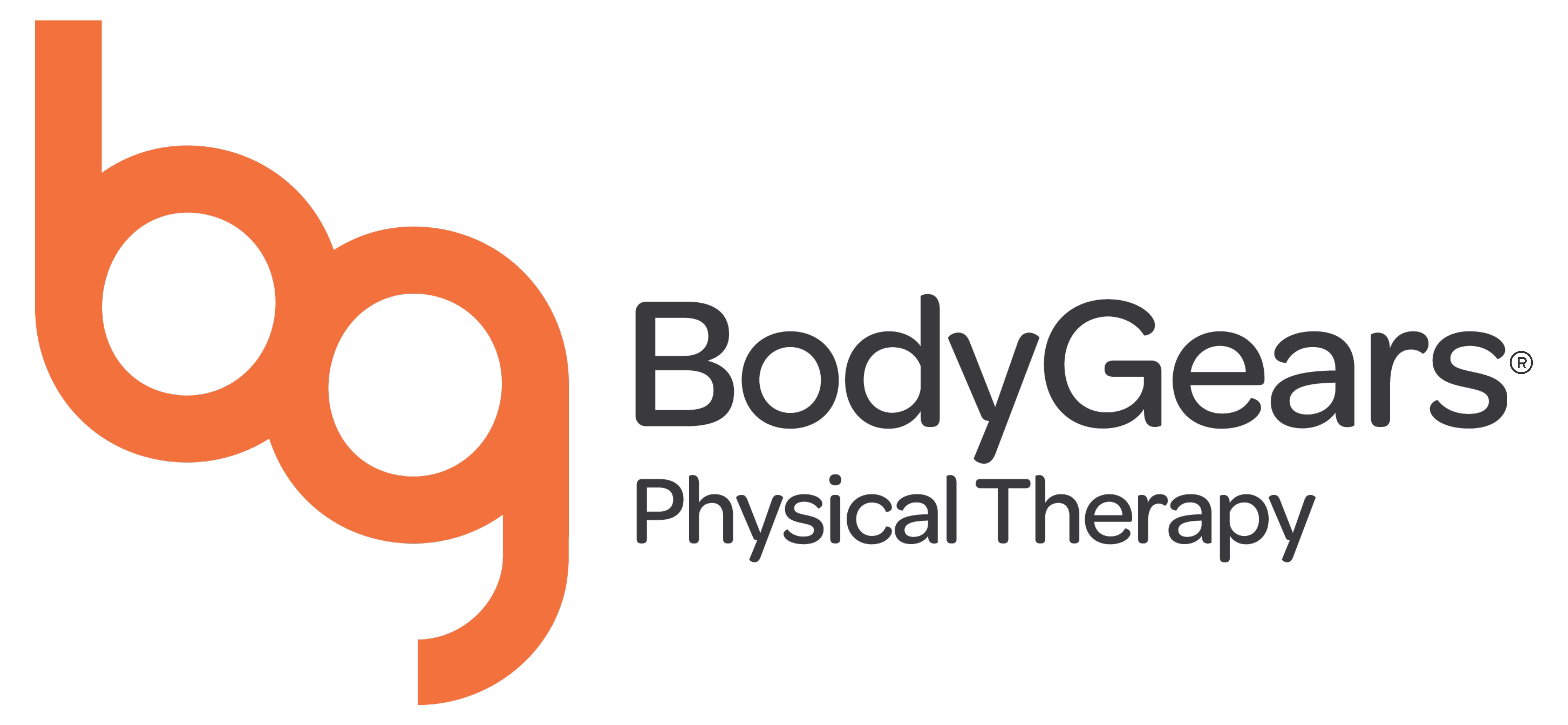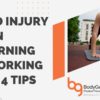 If you’ve been diagnosed with a rotator cuff tear of the supraspinatus tendon, a common affliction caused by either a traumatic injury to the shoulder, such as a fall, or by poor shoulder kinematics and positioning that wears down tendon fibers, Body Gears physical therapist, Dr. Lindsay Weston, PT, DPT, explains what this injury is and how it may best be treated.
If you’ve been diagnosed with a rotator cuff tear of the supraspinatus tendon, a common affliction caused by either a traumatic injury to the shoulder, such as a fall, or by poor shoulder kinematics and positioning that wears down tendon fibers, Body Gears physical therapist, Dr. Lindsay Weston, PT, DPT, explains what this injury is and how it may best be treated.
“The supraspinatus muscle abducts the arm out to the side and may also help to stabilize the upper arm bone,” said Weston. “When the supraspinatus is torn, you’re likely to experience pain and decreased range of motion. This can restrict your ability to shower, dress, reach into upper cabinets, work overhead, and complete other daily tasks.”
Past scientific research has been inconclusive on the proper management of non-traumatic rotator cuff tears, with evidence both supporting and refuting physical therapy, rotator cuff repair surgery, and surgery removing a small piece of bone to reduce friction on the supraspinatus tendon (acromioplasty). Recent research examined which treatment method is the most effective. In the study, 180 shoulders (160 patients) with supraspinatus tears were divided into three groups receiving only physical therapy, acromioplasty and physical therapy, or rotator cuff repair with acromioplasty and physical therapy.1
The findings revealed that there was no significant difference in pain or patient satisfaction between the groups after two years. Conservative treatment through physical therapy for a supraspinatus rotator cuff tear is as good as acromioplasty and rotator cuff repair surgery.1 You may want to consider physical therapy instead of surgery when investigating treatment options.
In the image below, a Body Gears physical therapist uses a technique that helps to abduct the arm out to the side by using a muscle called the serratus anterior, which is located near the armpit. Although this technique looks extremely basic, the basics are extraordinarily effective tools for rotator cuff dysfunctions.
“When the serratus anterior muscle is not used appropriately, it can lead to supraspinatus overuse and tearing,” said Weston. “Retraining the serratus anterior muscle to abduct the arm takes the stress off of the supraspinatus tendon, reducing pain and preventing further trauma so that the injured tendon can heal.”
This movement re-training uses a technique from PNF (Proprioceptive Neuromuscular Facilitation) called Rhythmic Initiation and an isometric hold. The shoulder is trained to efficiently activate the serratus anterior muscle during abduction by progressing through holding one position, passive movement, active assisted movement, resisted movement, and then active movement. The technique retrains the shoulder to move more efficiently and with less pain during reaching overhead, washing or blow-drying hair, and during other daily activities.
Call Body Gears to find out how this technique can reduce your rotator cuff tear pain. Body Gears physical therapists are highly trained in this and many other treatment options for rotator cuff tear and can provide more information on what may be the best option for your specific injury.
Citation:
- Kukkonen J, Joukainen A, Lehtinen J et al. Treatment of Nontraumatic Rotator Cuff Tears: A Randomized Controlled Trial with Two Years of Clinical and Imaging Follow-up. The Journal of Bone & Joint Surgery. 2015;97(21):1729-1737. doi:10.2106/jbjs.n.01051.





